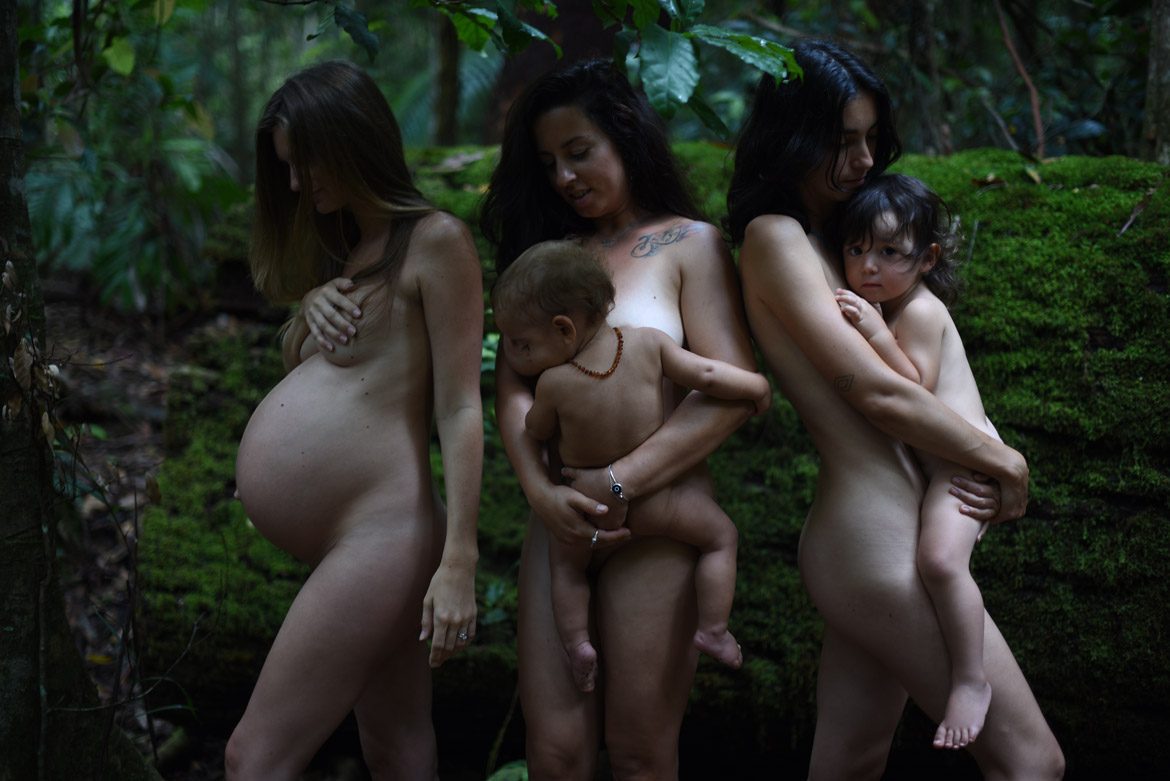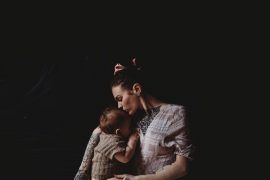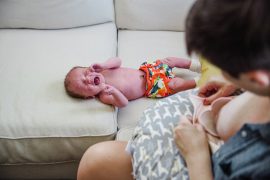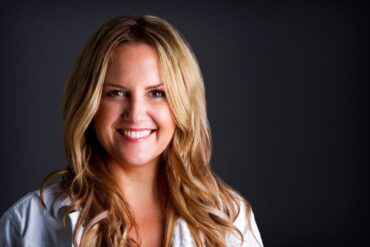By Emma Pickett, IBCLC
I’ve got a lot to say about breastfeeding and parenting. Some might be new but a lot of it will be old. In fact that should be spelt as ooooooold. Stone Age old. Pre-Stone Age old. But it has to said anyway. If I sneak it out during the X-factor live show maybe not many people will notice.
We need the science bit.
Mammals comfortably split into four groups in terms of their parenting styles. These parenting styles are directly reflected in the constitution of their milk – fat and protein and carbohydrate levels vary dramatically among mammals. Guinea pig: fat levels can be 46%. Human milk: pretty stable at less than 5%.
We’ve got the cache mammals who hide their young away somewhere hopefully inaccessible from hungry coyotes and potter off and look for food and presumably do other useful things for up to 12 hours. These mammals need to have milk rich in fat and protein and these youngsters are left to fend for themselves. And at birth, the newborn mammal is relatively mature. Think rabbit. You don’t see rabbits hitching a ride on mum’s back. But – hang on – what’s a rabbit going off and doing for up to 12 hours at a time? Let’s not dwell on that bit. They’re cache mammals.
I think you can imagine where I’m going with this.
Nest animals will feed about every 4 hours (wolves, dogs, cats). The more immature young will huddle in their group and need to feed more frequently than a cache mammal.
Follow animals feed about every 2 hours. Cows and giraffes are again reasonably mature at birth. They are capable of keeping up.
And carry animals feed virtually continually. Feeds will often be clustered and intervals might be quite short. Fat content of milk is extremely low (apes, marsupials, us).
In terms of maturity, these carry newborns are as about as dependent as it gets. Without close bodily contact with parents, respiration rate and oxygenation rate, heart rate, growth, stress hormone levels – this stuff doesn’t start to look good.
When it comes to the maturity thing, we are spectacularly rubbish. And you can blame a battle we’ve been fighting for hundreds of thousands of years: human pelvis shape vs. human brain size. Our brain is enormous and our skull reflects that. But – oooops – we seem to like walking upright and that produces a problem. We need a neat upturned pelvis that holds our weight and gives us nice straight legs. Any more extreme than what we currently have would not be ideal for the easiest birth experience. So nature holds back a bit and we might give birth to a relatively huge-brained baby but brain development is still nothing compared to what it will be. The brain is still barely only a quarter of its adult size. By aged 2, it’s about 80% of its adult size. We do a heck of a lot of our development outside the womb.
Just as little squirmy pink kangaroos are born and wriggle into their mother’s pouch and stay put for as long as they can get away with, so our newborns need us profoundly.
No, this doesn’t mean they need a nutrition fix and then get wrapped up and put back in their moses basket across the room again for several hours. You’ll have caught the bit where we’re not wolves or wild cats.
And nor should we be pulling our hair out if they’re not sleeping through the night for a 12-hour stint at 2 months. Not rabbits either.
…know that frequent feeding and a baby “that just won’t go down” is the norm. The baby that feeds and settles but wakes and becomes unhappy when placed on a cold non-human surface is the norm.
See next page for more…











